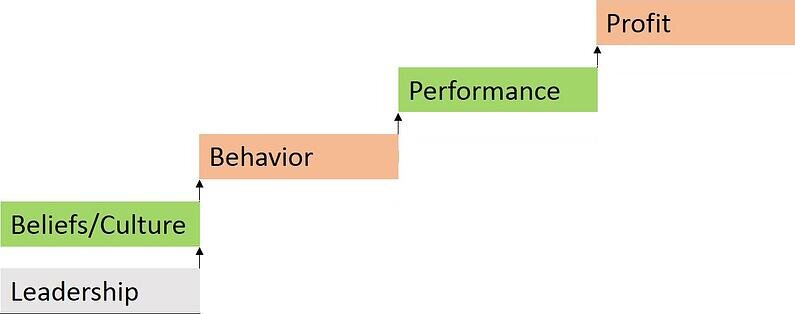The Culture Continuum: Two Unsustainable Extremes
Dr. William Maynard of The Effectiveness Institute, Inc. described organizational culture as a continuum. The range is between two unsustainable extremes: a pure task culture and a pure relationship culture. In a task culture, it’s all about the numbers and the mantra is, “I don’t care how you do it, just hit the numbers.” Of course, we are in business to make a profit. However, it’s people that produce numbers and creative energy suffers without demonstrated caring for people as something beyond just a means to an end. Burnout, turnover, stress and CYA (cover your assets) are the hallmarks of this culture.
In a strictly relationship culture, people are everything. Kumbaya on steroids. Everyone is highly valued and invited to participate in (too many) decisions and initiatives. The mantra might be, “Can’t we all just get along?” Relationships are the focus to the point that leaders often don’t make the tough decisions they need to. People are not held accountable for results but are continually “forgiven” for not delivering on commitments. This extreme is highly conflict-avoidant, so important issues often go unchecked.
Your sweet spot is somewhere on this continuum and may differ from other companies. The questions below may trigger some thoughts for action.
Mini Culture Self-Assessment
1. Where is your organization’s culture on this continuum?
2. Is that the sweet spot for your organization, the culture that delivers all the business advantages you need?
3. If not, where on the continuum do you want to be?
4. What needs to change in order to get there?
High-Performance Culture: Brain Science, Not Rocket Science
What people do and how well they do it directly drive performance. If people do great work on the wrong things or poor work on the right things, performance suffers. The essence of a high-performance culture is people who passionately and continually do great work on the right things to produce the right results. Since this is directly connected to the DNA (culture) fostered by leaders, leaders have options. Do you want to change performance? Change the codes and messages the DNA sends to the individual cells (employees).
There is a finite amount of creative human energy in any organization. The culture triggers specific responses in brain chemistry and dictates how that energy is spent. When culture is based on values like fear, intimidation and control, the brain is flooded with the bad juices. Pathways to the cell receptor sites in the creative, problem-solving centers in the brain are blocked and too much energy is spent in CYA (cover your assets). Risk is cautious and measured, not sufficient to solve today’s competitive issues. It’s an unconscious, autonomic nervous system response. People don’t just choose to go there; the brain takes them there.
If the culture is based on values like integrity, trust and honor, the good juices flow. Receptor sites are open and the creative, problem-solving centers in the brain are free to do what they are designed to do.
Leadership behaviors are a direct trigger to this brain chemistry. Again, no Kumbaya, just a choice. Which juices do you want flowing?
In a high-performance culture, more people think about the business like a CEO. Can the workforce truly think like a CEO? No. However, more people can ask themselves questions like “How does what I’m doing right now map to the mission?", "Can I help increase revenues, or drive down costs?" or "How can I help improve business processes or help drive better margins, markets and growth?”
The Key – Beliefs Drive Behavior, Behavior Drives Performance, Performance Drives Profit
Since culture is the combination of the beliefs, values and behaviors of an organization, there is a logical flow to the "people side" of business. Understanding this flow is probably the most important and most overlooked key to transformation and change.
Culture drives behaviors, behaviors drive performance and performance drives profit (or your favorite metric). Since culture is largely the belief system, you can say that at the core beliefs drive behavior, behavior drives performance and performance drives profit. If a company believes the reason they’re not selling enough and customers aren’t buying enough is because sellers aren’t pushing hard enough, that belief drives behaviors. Sellers push, buyers push back.
Leaders have the strongest, most direct impact on the beliefs of the workforce. So, the behaviors of leaders drive the beliefs of the workforce, creating the DNA or culture that drives performance and profit.
Just focusing on changing behavior is usually an exercise in futility. Behavior never changes long-term unless the underlying beliefs or values change. Don’t waste time and energy trying to change behaviors. Go to the source and discover the beliefs that are driving the low-performing behaviors you want to change. That’s the starting point for real transformation.
The Reorg After Reorg Syndrome
Don’t be fooled into believing that reorg equals culture transformation. You can do reorg after reorg, generate energy and excitement, maybe even create a new structure, and still not fundamentally shift performance. That’s because the underlying beliefs or values never really changed. Reorg shifts the structure, transformation shifts the mindset.
Reorgs often become just another flavor of the month (or year). People lose hope, leading to the crying wolf syndrome. Have you ever heard the refrain, “Here we go again?”
Changes to organizational structure can be necessary and helpful. However, without the underlying mindset shift (beliefs or values changing), you risk coming back next year to do it all over again, wondering why performance didn’t change. This is one of the traps to transformation I’ll discuss further in my next post.




